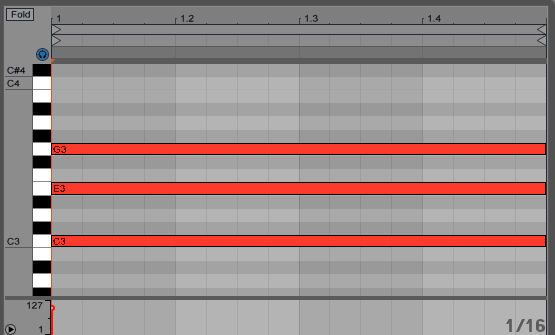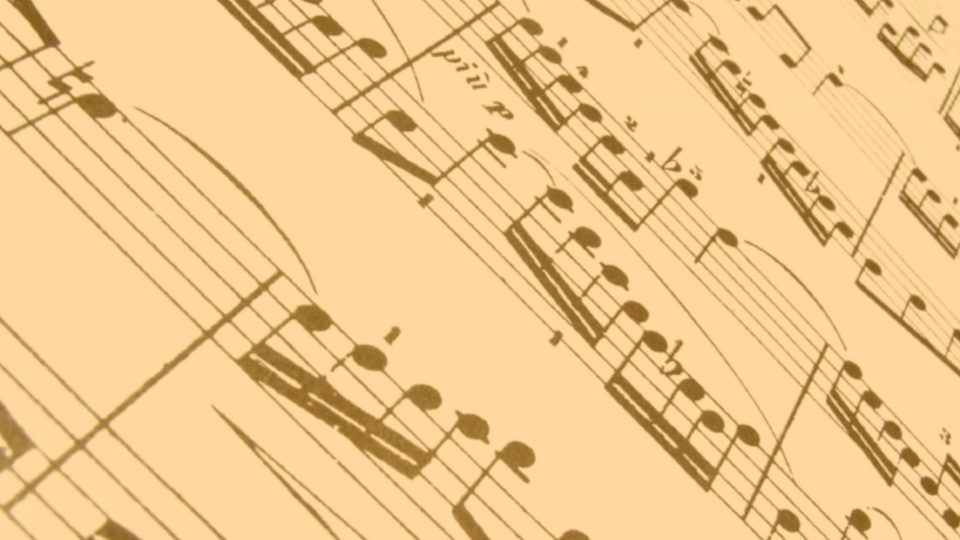Songwriting For Music Producers: Understanding Melodies, Pt. 1
Melodies allow us to add rhythms on top of rhythms, or we can use them to compliment the existing propulsive rhythm already in our music. Or, of course, we can write a melody to kick start inspiration for a new track.
But what is a melody? Do you understand the structure o
But what is a melody? Do you understand the structure of melodies? Do you know why they’re important to music?
f melodies? Do you know why they’re important to music?
In this third article of our “Songwriting for Music Producers” series, we’re going to give you all of the info you need to write better melodies!
What is a Melody?
A melody is a series of notes we can be perceive as a single entity. By making use of chord tones and non-chord tones, we can excite our music by adding tension with them.
A melody is a series of notes that a listener can perceive as one entity.
Your listener doesn’t hear a combination of notes. What they do hear is an entity. They distinguish a start and endpoint, and they can remove it from the song and remember it.
What Makes a Melody?
A melody is monophonic. It has only one voice compared to a chord that has multiple voices. However, a chord progression can be a melody. More specifically, the top notes of a chord progression are thought to be melodies in their own right.
A melody consists of a few elements:
- Contour
- Range
- Intervals
- Structure
- Scale
The Contour of a Melody
A strong melody follows a contour (a shape). It ascends, descends, arches or dips.
There’s no right or wrong contour. It’s down to your personal taste and the music you’re writing. You need to have a contour that ascends and descends, of course, and there’s no set amount of notes, drops, or leaps.
When it comes to contours, different contours evoke different feelings in people. Rising contours sound uplifting while descending contours create tension.
Melodic Range
Fairly self-explanatory, but if you’re unfamiliar then the distance between the highest and lowest notes in your melody is your melodic range.
Some melodies can cover 2 octaves or more, but others cover the much smaller ground with less than an octave
When you’re writing your melody, the melodic range is great to keep in mind because having a wider range will make a melody more difficult for your listener to hum (and therefore remember). A narrow range is much simpler but can still be interesting.
Melodic Intervals
A melody will make use of multiple notes. This means there’s always at least one melodic interval.
For example, are you going to jump straight from C to G in the C Major scale or will you gradually work your way there by using every note in the scale?
Melodic Structure
Melodies always have structure. You can have multiple sections of your melody swapping in and out, you could have a call and response going on in your melody, etc.
Using Scales to Build a Melody
Most melodies make use of scales. There are numerous types of scales:
- Modal Scales: Starting at different points, modal scales make use of both patterns of major and minor scales. Modes are parallel when they share a tonic pitch. C major and C minor are parallel modes as they share the tonic pitch of C.
- Major and minor: makes up the majority of Western music.
- Chromatic: Using all all twelve notes in the scale.
- Pentatonic Scale: Often used in blues and rock, a pentatonic scale only has 5 notes per octave. Compared to heptatonic scale, which is the scale used in DAW piano roles, whihc has 12 notes.
Going back to our chord tones and non-chord tones article, if you were to play the C Major chord (a major scale) with the notes C, E, and G (the chord tones), you have the notes A, B, D & F left in the scale (the non-chord tones).

Examples of Melody Types
Arpeggios (or Arpeggiated Melodies)
An arpeggiated melody is when we play individual notes one after the other.
Chord Based Melodies
Chord based melodies are melodies we play with chords. As we said, the top notes in a chord progression is often considered to be a melody.
Motif Based Melodies
Motif-based melodies are melodies that repeat and vary an idea.
You’ll find a huge variety of DAW-ready loops within the Mixxed sample library.
The sampling revolution has risen in popularity and shaped music since the early 1970s. Sample culture continues to transform how millions of artists and producers do their thing in DAWs.
You too can break conventional norms, challenge the status quo, and open Pandora’s box of sound design.
Mixxed works with a growing number of sample labels and contributors to provide you with an affordable sample subscription service that’s more accessible than any before.
You’ll have access to our growing catalogue of loops, one-shots and sound effects that you can browse, download and keep forever for less than $3 a month.
Sign up today to find your sound!
